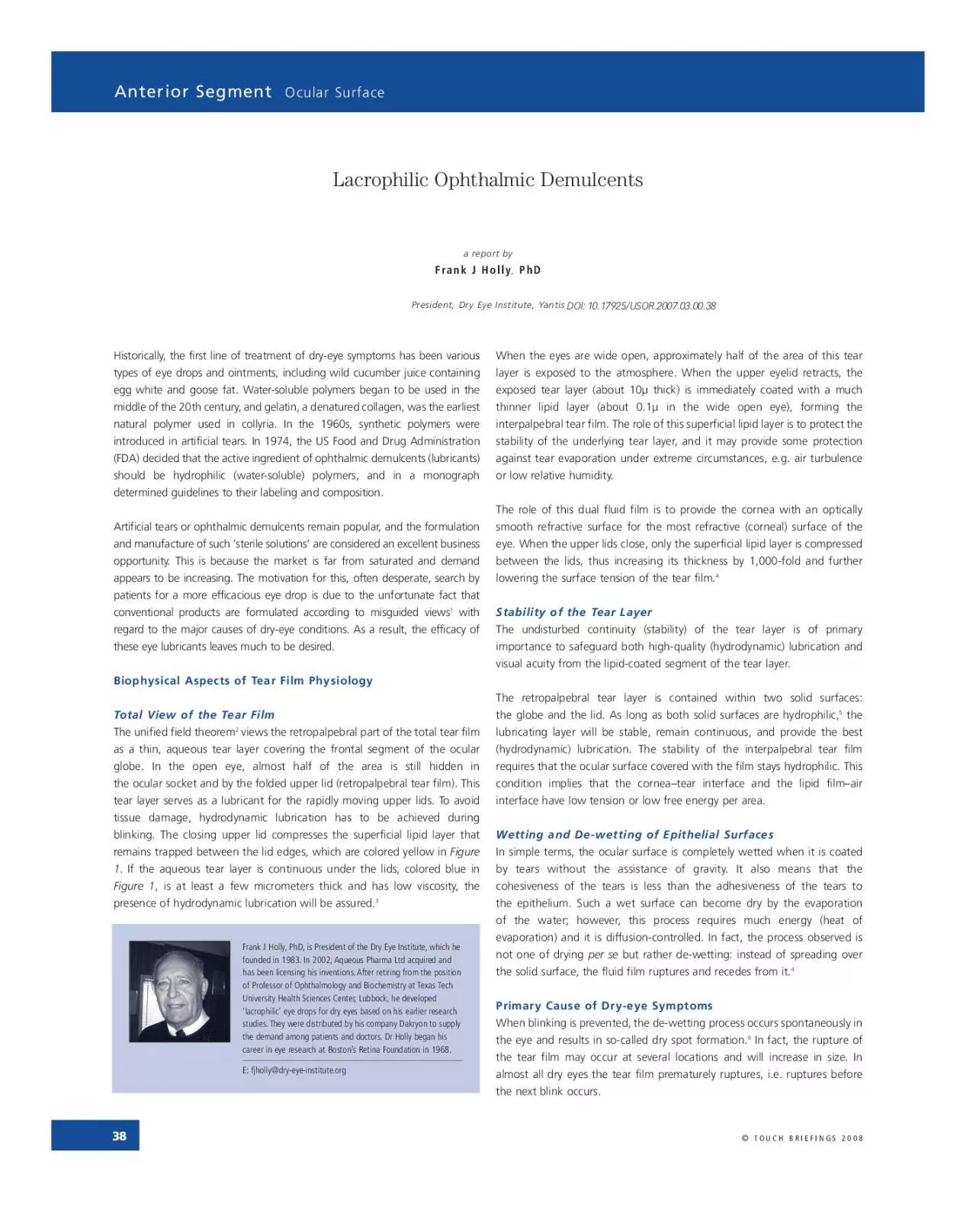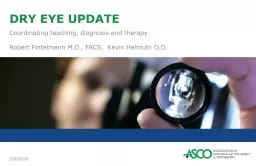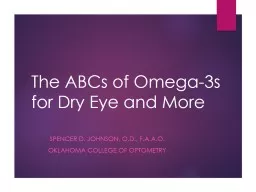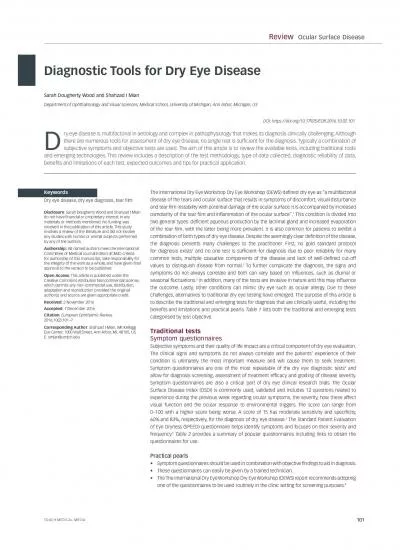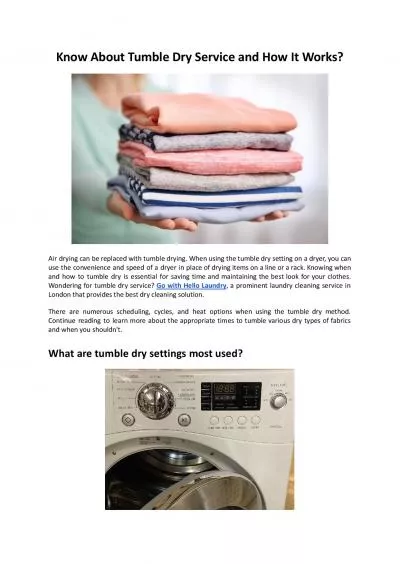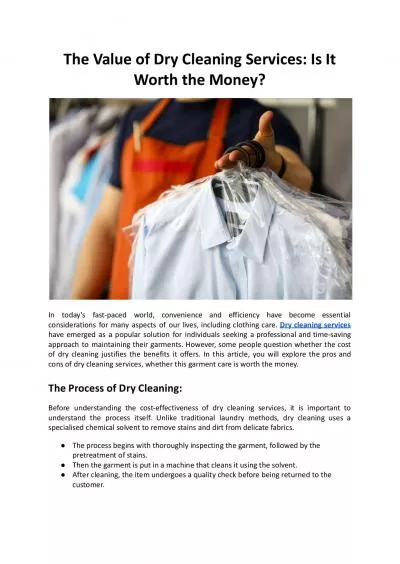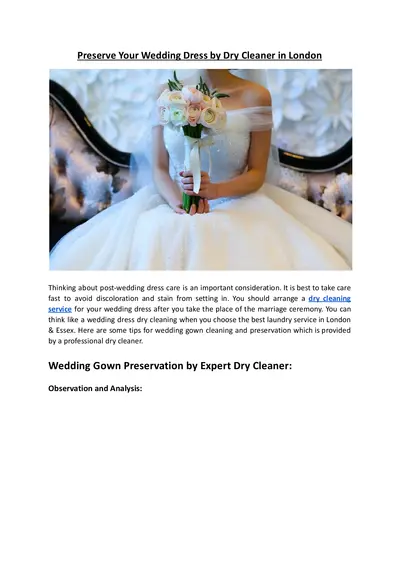PDF-Frank J HollyPresident Dry Eye Institute Yantis
Author : singh | Published Date : 2022-09-02
Historically the first line of treatment of dryeye symptoms has been varioustypes of eye drops and ointments including wild cucumber juice containingegg white and
Presentation Embed Code
Download Presentation
Download Presentation The PPT/PDF document "Frank J HollyPresident Dry Eye Institute..." is the property of its rightful owner. Permission is granted to download and print the materials on this website for personal, non-commercial use only, and to display it on your personal computer provided you do not modify the materials and that you retain all copyright notices contained in the materials. By downloading content from our website, you accept the terms of this agreement.
Frank J HollyPresident Dry Eye Institute Yantis: Transcript
Download Rules Of Document
"Frank J HollyPresident Dry Eye Institute Yantis"The content belongs to its owner. You may download and print it for personal use, without modification, and keep all copyright notices. By downloading, you agree to these terms.
Related Documents

